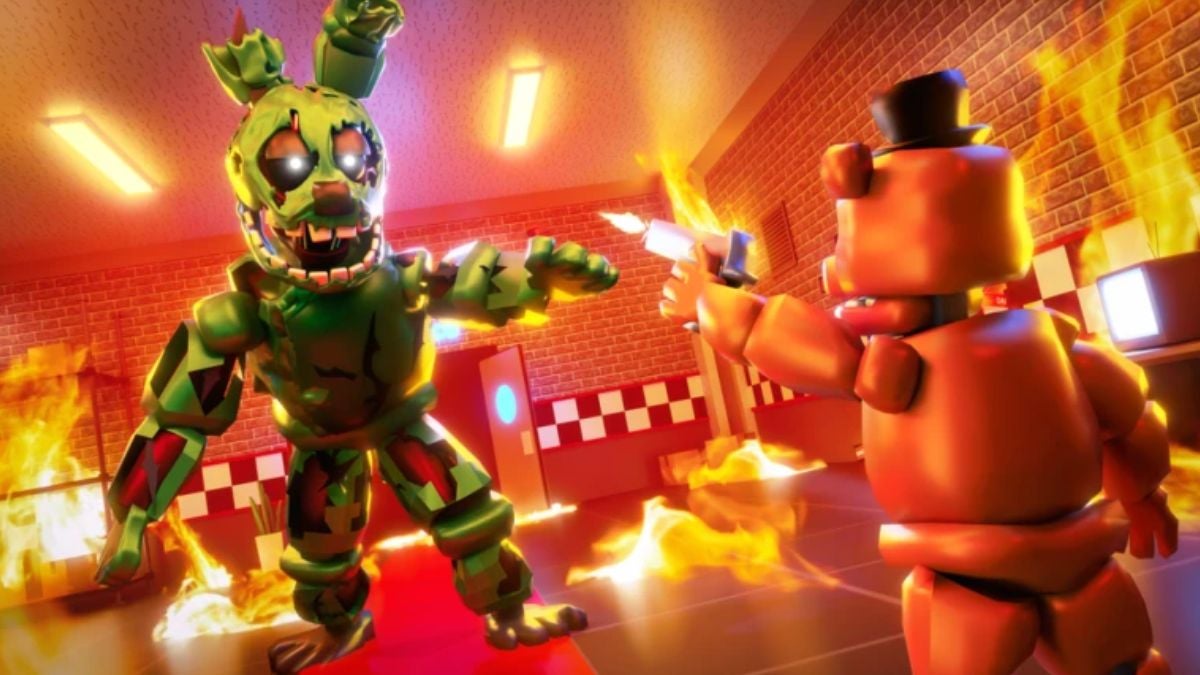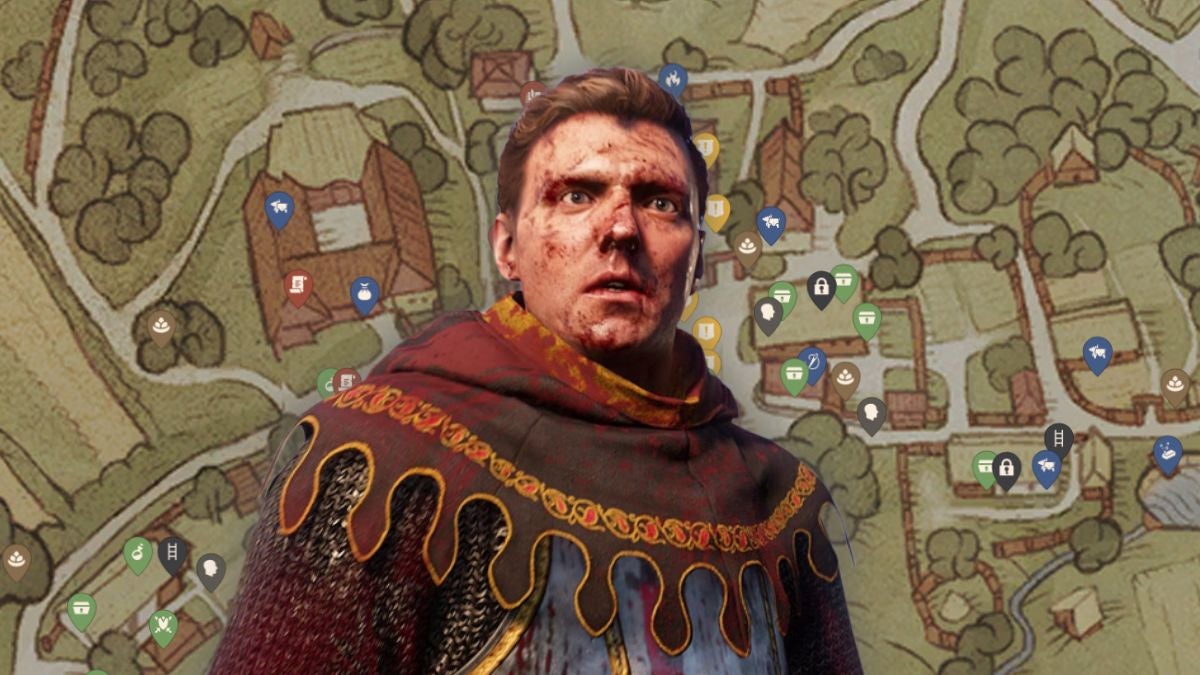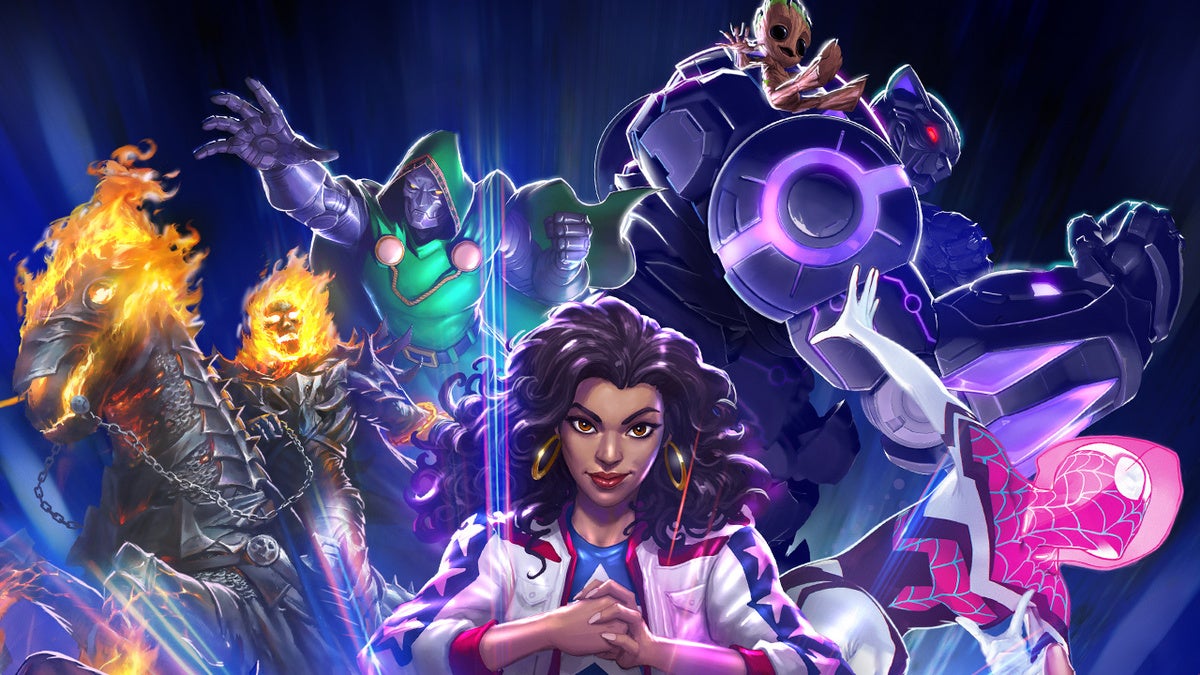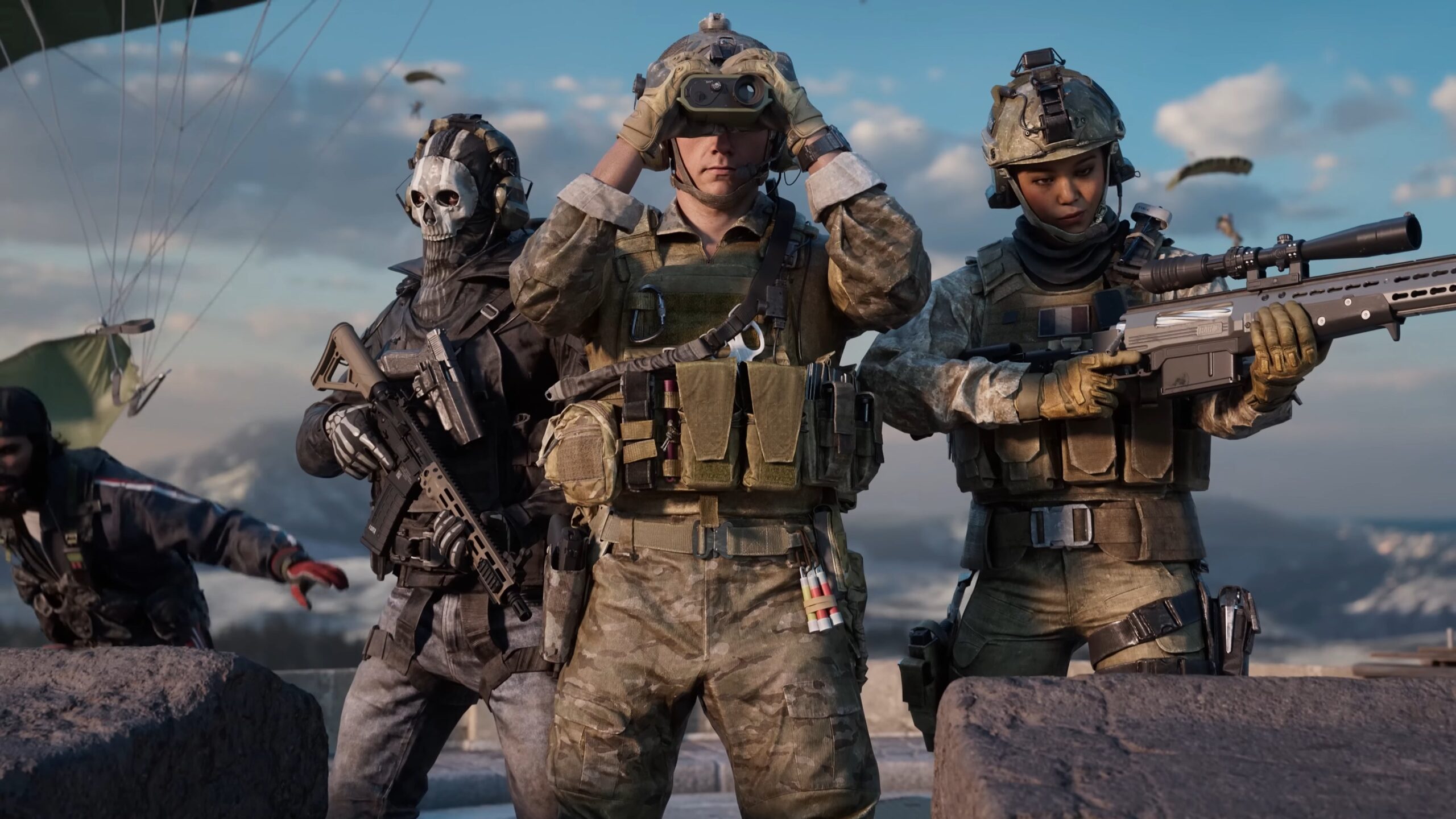Rockstar Games has been a pioneer in the gaming industry for over two decades, particularly known for its groundbreaking work in developing 3D open worlds. With the release of Grand Theft Auto 3 in 2001, the studio set a new standard for game design that has influenced countless titles since. As competition in the genre intensifies with more developers entering the field, Rockstar remains a leader by focusing on immersive realism and authenticity in its game worlds.
The Art of Crafting Lifelike Environments
At the heart of Rockstar’s success lies the meticulous craftsmanship that goes into creating its expansive virtual environments. Ben Hinchliffe, a former designer at Rockstar who contributed to iconic games like L.A. Noire, Grand Theft Auto V, and Red Dead Redemption 2, understands this process intimately. His experience highlights how each game aims to immerse players in a living, breathing world filled with intricate details.
L.A. Noire: A Leap in Realism
Released in 2011, L.A. Noire was notable for its innovative facial capture technology, which allowed for astonishingly lifelike character animations. This technology enabled players to read subtle expressions and body language, enhancing the emotional depth of the storytelling. Although L.A. Noire is often criticized for its limited open-world activities compared to other Rockstar titles, Hinchliffe emphasizes that the game’s design was intentionally focused on the narrative and authenticity of the 1940s setting. The meticulous recreation of Los Angeles captured the essence of the era, earning praise from those familiar with the city’s history.
Bridging the Gap Between Narrative and Gameplay
While L.A. Noire may not have offered the same level of side activities as its successors, its narrative-driven design influenced future projects at Rockstar. The random crimes in L.A. Noire laid the groundwork for the dynamic world events seen in Grand Theft Auto V, where players encounter spontaneous situations that enhance immersion. Hinchliffe notes that the goal was always to “go bigger and better,” leading to advancements in vehicle handling, environmental interactions, and the overall gaming experience.
GTA V: A Masterclass in Organic Simulation
Grand Theft Auto V raised the bar for open-world design with its vast, detailed city of Los Santos, which is modeled after real-life Los Angeles. The game incorporates numerous automated systems that create a sense of organic life within the city. For example, a tire bursting during a high-speed chase is a natural result of player actions rather than a scripted event. This level of realism is achieved through a combination of hand-scripted sequences and emergent gameplay, where players can experience unpredictable interactions that feel authentic.
Red Dead Redemption 2: A New Standard for NPC Interaction
In 2018, Red Dead Redemption 2 took immersion to new heights with its focus on NPC interactions. Hinchliffe explains that the game’s developers aimed to create a world where every character feels alive and has their own routine. This emphasis on realism was particularly important given the game’s setting in a less populated frontier environment. Players are encouraged to engage with NPCs, leading to more meaningful interactions and consequences for their actions.
The Future of Open World Gaming
As Rockstar prepares for the release of Grand Theft Auto 6, the anticipation surrounding the game is palpable. Hinchliffe, who worked on the project until 2022, believes that the potential for increased NPC interaction and immersion in a larger-scale game is entirely feasible. With advancements in technology and design philosophies, the next installment may well push the boundaries of what players expect from open-world experiences.
Transitioning to Virtual Reality Design
After leaving Rockstar, Hinchliffe joined the indie developer Just Add Water, where he now leads the design of Dig VR, a virtual reality construction simulator. He acknowledges the unique challenges VR presents, particularly in maintaining immersion. While traditional gaming focuses on creating expansive, detailed worlds, VR requires a more intimate approach, where players physically engage with their environment. The development of dynamic terrain in Dig VR exemplifies this challenge and represents a significant step forward for the medium.
A Legacy of Innovation
Rockstar Games has been instrumental in shaping the open-world genre over the past 23 years. From the early days of 2D gaming to the current era of rich, immersive environments, the studio has continually pushed the envelope. The release of Grand Theft Auto 6 promises to be the next chapter in Rockstar’s legacy, offering the gaming community a glimpse of what’s possible in the realm of immersive worlds.
As we await the next installment, it’s clear that Rockstar’s commitment to innovation and authenticity will continue to influence the industry for years to come.
Matt Purslow is IGN’s Senior Features Editor. The views expressed in this interview are those of Ben Hinchliffe and do not represent the thoughts or opinions of Rockstar Games.






